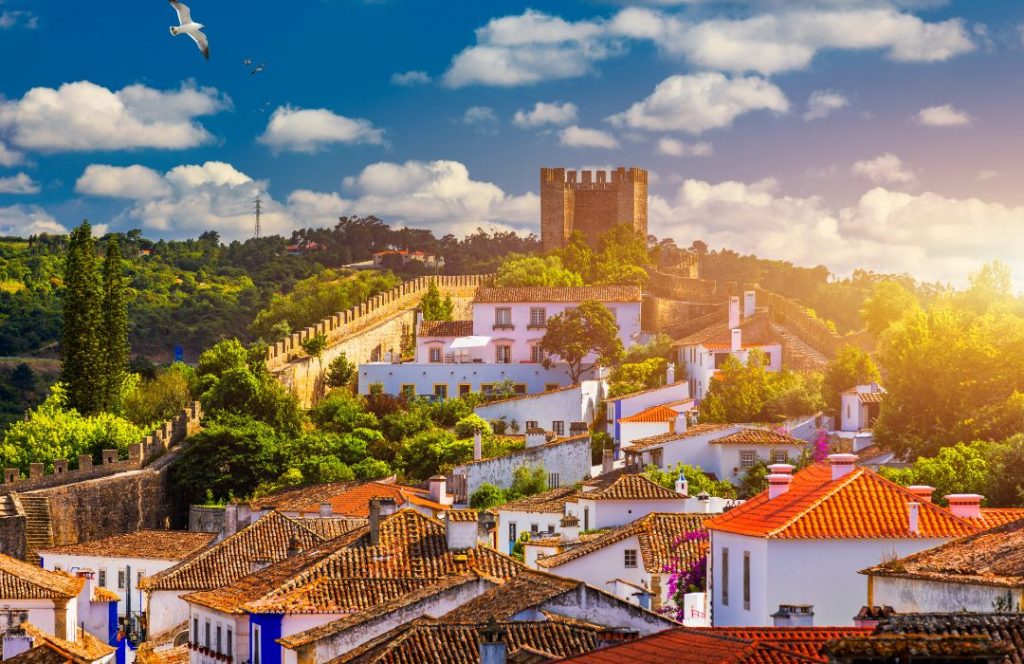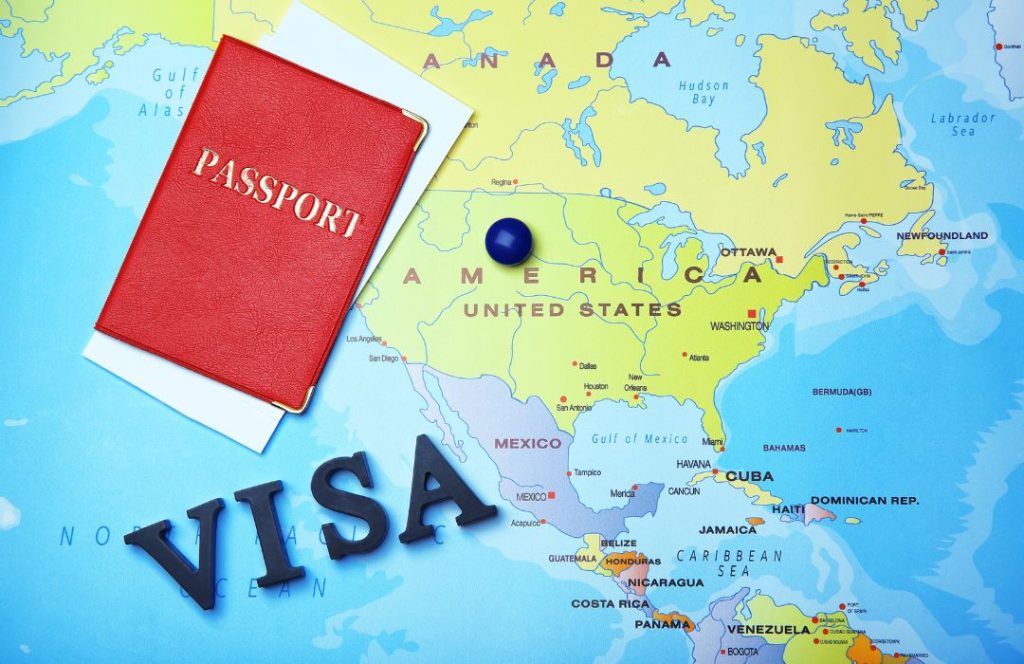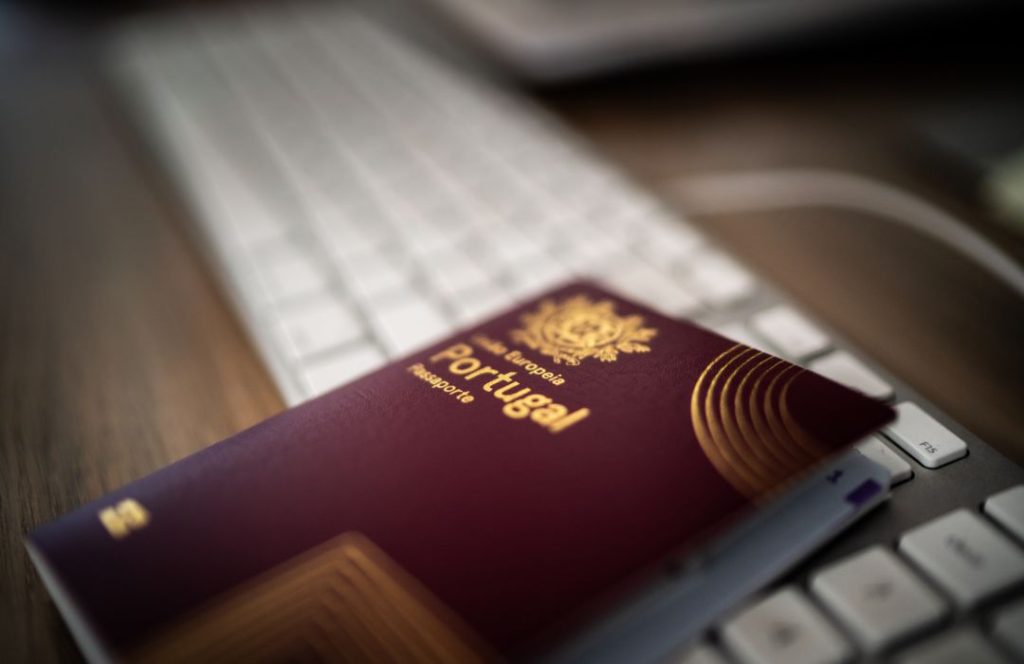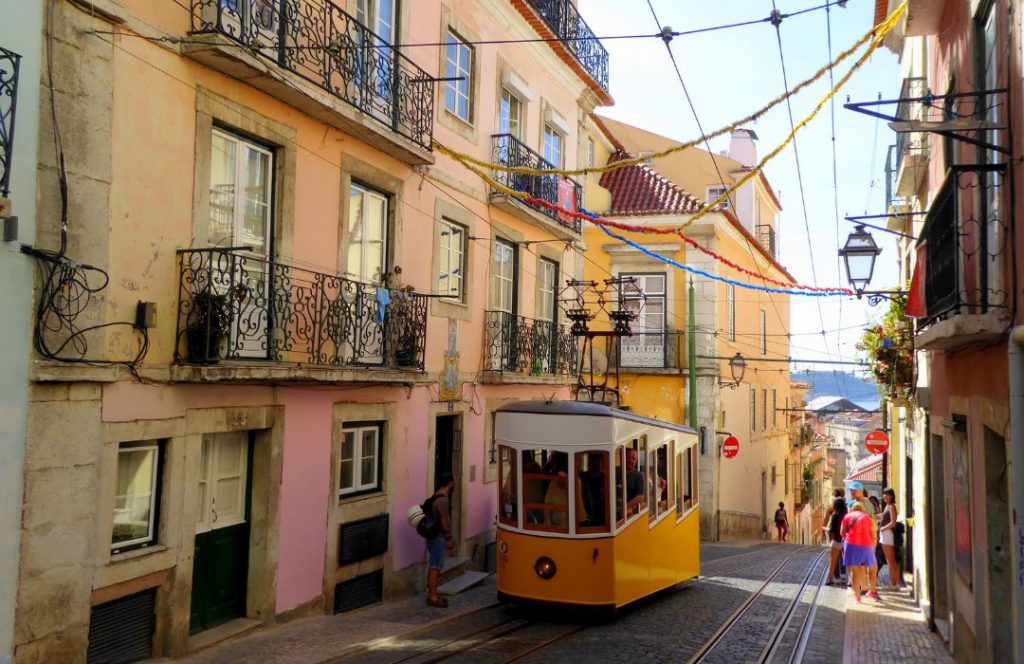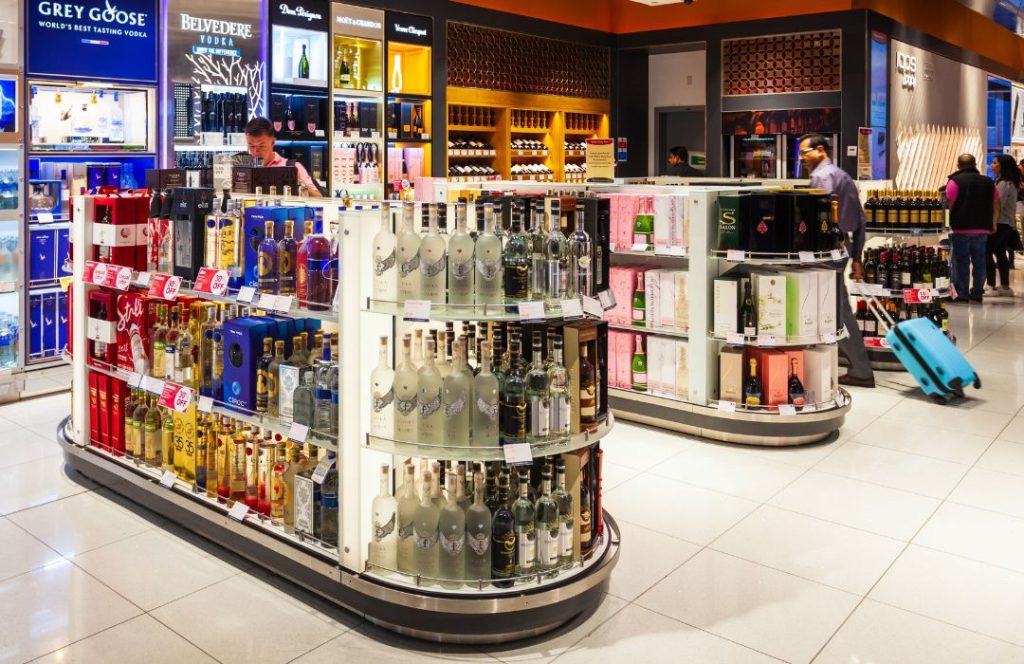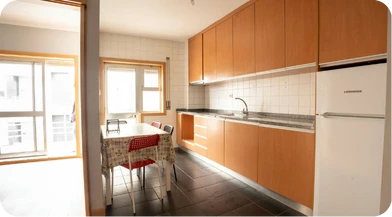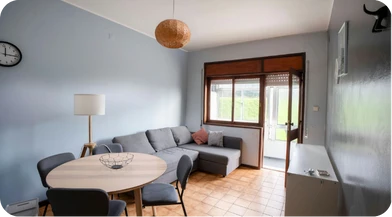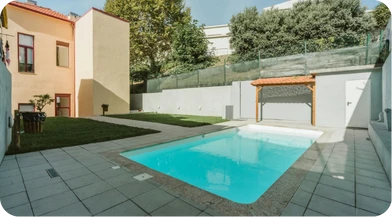There is so much more to Portugal than its two main cities. Discover the seven amazing regions of the country
There’s no doubt, Lisbon and Porto are great (actually, they’re amazing), but Portugal is one of the hottest travel destinations in the world for a reason, and it offers so much more than its two main cities. Whether you’re looking for wild parties or wild nature; historic hilltop towns or sun-scorched beaches; trendy bars or rural getaways, you’ll find them in abundance across Portugal’s seven regions – five on the mainland, plus the Madeira and Azores archipelagos.
And then there’s the food, which is so much more than peri-peri chicken and pastéis de nata (though, let’s be honest, they should be on your list). Each of the country’s diverse and surprising regions boasts its own unique culinary offerings, from incredibly fresh seafood and slow-cooked stews to cakes, pastries, and cheeses. And did we mention the wine? Throughout the country, the wine is impossibly good and dangerously affordable. There’s so much to discover, so keep reading for the full rundown on the best places in Portugal.
1. Northern Portugal
Northern Portugal is known for its friendly locals and their love for a good party. Tourists rarely venture far beyond the picturesque city of Porto (and its equally charming sister city, Vila Nova de Gaia, on the opposite bank of the Douro River), but Northern Portugal is also home to the country’s only national park: the stunningly beautiful Peneda-Gerês National Park, where wolves roam and villages are carved from ancient stone.
The region is also home to historic cities filled with stunning Baroque architecture – with particularly fine examples in the beautiful Braga and in Guimarães, the city known as the ‘birthplace of Portugal.’ It also boasts incredibly pristine river beaches, like the pine-covered sands of Praia Fluvial da Lomba, on the banks of the Douro in Gondomar.
Then there are the lush, terraced hills of the Douro wine region, where the Douro International Natural Park further enhances its status as one of the most beautiful and diverse areas in the country – or indeed, all of Europe.
2. Central Portugal
Central Portugal, refreshingly untouched by mass tourism, is a treat for adventurous travelers. You can watch the monster waves of Nazaré (and the most skilled surfers daring to tackle them), master your own technique in the vibrant surf town of Peniche, or take on hiking and biking trails between stone villages where hearty foods like suckling pig and sweet cakes replenish all the energy expended.
Here you’ll find the highest peaks in Portugal – the UNESCO Geopark of Serra da Estrela receives enough snow in winter to have its own ski resort – and the stunning river beaches along the inland forest provide a crowd-free alternative to the vibrant sandy stretches dotted along 174 miles of coastline. Wine lovers, in the meantime, will savor the bold reds and crisp whites from the Dão region.
Urban adventurers also have plenty to enjoy: centuries-old religious buildings sit alongside vibrant bars and cafes in the beautiful university town of Coimbra, while Aveiro (‘the Venice of Portugal,’ as it proudly claims) never fails to impress with its Art Nouveau architecture and colorful canal boats.
3. Lisbon
Lisbon, Portugal’s famous sun-drenched capital, needs little introduction – its status as one of the hottest city destinations in Europe is well deserved. But undiscovered treasures lie hidden between the hipster hubs and Segway-filled streets: you can spend a day admiring street art in the maze of streets that make up the historic Alfama, seek out hidden Chinese restaurants (Chinês clandestinos) operating from family apartments in the multicultural Martim Moniz neighborhood, and fill up on giant plates at tiny tascas like Marendinho do Arco.
And if you’re tired of city life, you’re never more than a short bus or train ride away from stunning beaches and wild natural reserves. Hop on a train along the coast to the popular beach towns of Cascais and Estoril and the adventurous terrain of the Sintra-Cascais Natural Park; cross the Tagus River for the white sands, turquoise waters, and pine-covered mountains of Serra da Arrábida, or take a one-hour bus ride to Ericeira – the first and only world surfing reserve in Europe – for a laid-back vibe and seaside accommodations like You and the Sea and Immerse.
4. Porto
Defined by us as the best city break in Europe for 2024, it’s safe to say Porto is one of our absolute favorites. And why wouldn’t it be? The city is bursting with great food, galleries, museums, and more, and as a bonus, it’s also super affordable.
Sample some very good white port (our favorite way is with a Porto Tonic; white port, tonic water, and a lemon twist), buy enough canned fish for a year of date nights and people-watching by the Douro River.
The best part? A new Time Out Market is set to open this year in Porto, so you can try all our favorite restaurants under one roof. Porto is a classic for a reason.
5. Alentejo
Stretching south of Lisbon towards the Algarve, the sun-drenched Alentejo region (the name comes from the words ‘além Tejo’, meaning ‘beyond the Tagus’) has quietly built a reputation as Portugal’s most fashionable beach destination. Luxury boutique hotels offer ‘barefoot luxury’ accommodations in fashion-favorite locations like Comporta and the neighboring Melides, and the wines produced here are increasingly gaining international recognition.
Besides exclusive beach spots, it is one of Portugal’s traditional and less explored destinations. There are many charming towns to visit, from historical villages like Monsaraz from the medieval period to slow-paced fishing points like Vila Nova de Milfontes. The beautiful fishing village of Porto Covo marks the start of the dramatic Southwestern Alentejo Natural Park and the stunning Costa Vicentina, stretching 60 kilometers down to the Algarve, known for its surfing beaches and diverse cliff fronts.
Then there’s the region’s attractive capital, Évora: renowned for its food scene as well as its Roman temple and the incredibly impressive Chapel of Bones.
6. Algarve
Don’t let reports of ‘Brits abroad’ sipping lager deter you from visiting Portugal’s sun-soaked Algarve region. Not only does the Algarve boast a warm, reliable climate and some of the country’s most beautiful beaches, but it is also home to sleepy, whitewashed villages—each one looking even more charming and filled with local magic than the last—all easily accessible via a scenic train journey.
Fresh fish, seafood (and yes, that spicy peri-peri chicken) dominate the dining scene, and visitors are encouraged to let pub food take a backseat in favor of the local tascas, where you’ll be served a hearty meal, a feast, and a jug of house wine for a fraction of the price of a fry-up and a pint of Guinness.
If you’re looking for a big city buzz, you’ll find it in Faro, the vibrant capital of the region. Want something lively but a bit more laid-back? Join the surfer communities at water sports hubs like Lagos and Sagres.
7. Madeira
Nobody has ever accused Cristiano Ronaldo of hiding his gold under a bushel, and the football legend’s home stadium in Madeira really takes it a step further in celebrating the success of the region’s most famous son – even the airport in the regional capital, Funchal, is named after him. More of a Messi fan? You can bypass the Ronaldo museum, the Ronaldo statue, and the CR7 hotel, and simply indulge in Madeira’s breathtaking terraced mountains, the sun-soaked subtropical climate, warm waters year-round, and the vibrant flowers.
Just an hour’s flight from the mainland, this archipelago in the North Atlantic is one of Portugal’s two autonomous regions. Its volcanic geography makes it a top destination for adventure sports enthusiasts: its towering peaks host a breathtaking ultramarathon sky race, featuring 34 miles of grueling ascents and daring descents at 4,000 meters in altitude.
Only mortals can bypass the race and enjoy the thrills and spills of the toboggan track in Funchal: winding down the city’s streets in wicker baskets for a kilometer of sharp turns and quick twists. End your adventures with a glass of Poncha: the island’s fruity punch.
8. Azores
Increased budget flights have brought tourists to the weather-beaten Azores, but the archipelago of nine islands in the middle of the Atlantic Ocean remains relatively under the radar.
Each of the islands has its own character, from the sandy beaches and mild climate of Santa Maria to the volcanic lakes and thermal springs of São Miguel. The Portuguese-owned islands are the perfect place to take a mindful break in destinations like Lava Homes, a health-focused ‘village’ carved from volcanic rock on Pico.
The islands are also increasingly talked about among food enthusiasts: it’s a must to try the cheeses, like the sharp queijo da ilha from São Jorge, and the delicate and creamy queijo vaquinha from Terceira. The unique volcanic wines of the Azores are also something to savor; visitors can learn about the fascinating production process (and taste the wines created) at the Biscuits Wine Museum in Terceira.

